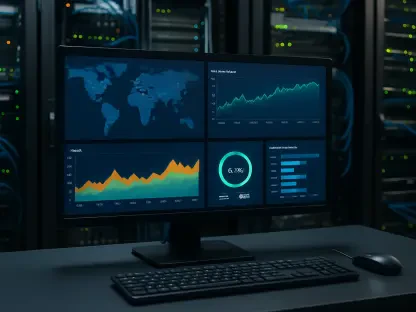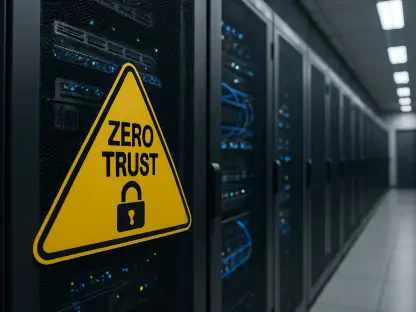The recent cyber-attacks targeting the well-known UK retailers Marks & Spencer (M&S) and The Co-op have sent shockwaves through the retail industry. These incidents, flagged by the Cyber Monitoring Centre (CMC) as a singular cyber event due to their striking similarities in execution, share a troubling timeline. Occurring in late April 2025, the attacks are believed to be orchestrated by the same threat actor, employing comparable tactics, techniques, and procedures (TTPs) that highlight the emerging sophistication of cyber threats facing retail giants. Notably, social engineering and compromised credentials have emerged as pivotal elements in facilitating these breaches. While Harrods also faced a related attack during this period, the CMC has not firmly connected it to the others due to insufficient data.
The Threat Actor Behind the Attacks
Scattered Spider Hacking Collective
The cyber-attacks that rattled M&S, The Co-op, and Harrods can be attributed to the notorious hacking collective Scattered Spider. Characterized by a deep understanding of digital vulnerabilities, this group has showcased a formidable ability to bypass standard security measures. By exploiting gaps in cybersecurity protocols, they executed a meticulously planned infiltration that left longstanding vulnerabilities exposed. Their adept use of social engineering tactics further underscores a shift in cybercriminal strategies, leveraging psychological manipulation to exploit human error and gain unauthorized access to sensitive systems. The fact that all three companies fell victim in such close temporal proximity suggests a coordinated offensive, focusing on maximizing disruption while minimizing detection risks.
Financial Impact and Repercussions
The financial repercussions of these cyber breaches have been severe for the affected retailers, with the CMC estimating combined losses ranging from £270 million to £440 million. This financial strain was compounded by decreased sales during the attack period, significant costs associated with incident response initiatives, and potential legal expenses that could emerge from breaches of customer data. For M&S, the immediate aftermath saw a staggering 22% drop in daily spend, while The Co-op experienced a notable 11% reduction over an extended 30-day period. Escalating pressures on profit margins and consumer trust have placed these retailers under heightened scrutiny. In a time when customer confidence is paramount, the financial fallout extends beyond quantitative losses, presenting long-term challenges in restoring brand reputation and operational stability.
Cybersecurity Classification and Insights
CMC’s Categorization and Response
In the wake of these incidents, the CMC assessed the attack characterization as a Category 2 systemic event. This denotes a considerable impact on a finite number of entities, distinguishing it from events of broader resonance like the CrowdStrike outage witnessed in July 2024. The strategic classification aims to streamline and refine cybersecurity mitigation and response frameworks, offering valuable insights to the public and reinforcing the importance of proactive security measures. Coordination between industry stakeholders is central to understanding and anticipating threat behavior, thereby enhancing the overall resilience of the retail sector against similar hostile incursions.
Impact Containment and Mitigation Efforts
Despite the grave nature of the attacks, the impact remained largely confined to the targeted retailers and a select group of associated partners. This limited scope prevented the event from escalating to higher categorization levels. As the industry began to rationalize risk exposure and potential vulnerabilities, cyber experts emphasized the critical role of comprehensive mitigation strategies. In safeguarding against future threats, fostering a culture of cybersecurity awareness and investing in cutting-edge technologies remain vital. Retailers are encouraged to adopt rigorous multi-factor authentication mechanisms, prioritize regular security audits, and engage in continuous staff education to fortify their digital defenses against escalating cyber predicaments.
Lessons and Future Considerations
Following these incidents, the CMC classified the attack as a Category 2 systemic event, indicating a notable impact on a limited number of entities. This classification sets it apart from events with more widespread consequences, such as the CrowdStrike outage in July 2024. By identifying the attack’s category, the strategic purpose is to enhance and streamline cybersecurity mitigation and response approaches. This classification not only offers valuable insights to the public but also underscores the vital importance of adopting proactive security measures. In tackling such cybersecurity threats, collaboration among industry stakeholders is essential. By coordinating, they can better understand and predict potential threat behaviors, effectively strengthening the resilience of industries like the retail sector against similar hostile attacks. This concerted effort aims to enhance the capacity to withstand and recover from breaches, ensuring a more secure environment for businesses and consumers alike.









